Shall we go on a tour around the world to meet New Year's delicacies from various countries of the world? If you have already started creating a New Year's menu for the eagerly awaited New Year's Eve all over the world, we welcome you to our page.
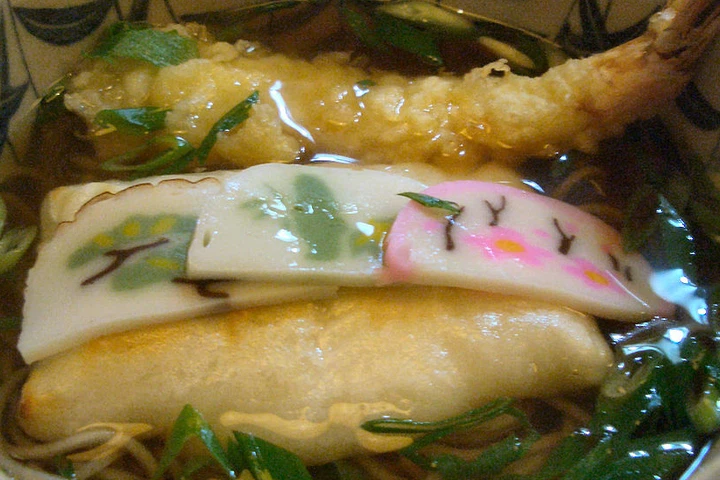
Toshikoshi Stove (Japan)
As a Japanese delicacy tradition, Toshikoshi Soba noodle soup is eaten on the last day of the old year. According to the belief, eating Toshikoshi Soba will remove the difficulties of the old year and bring blessings in the new year. You can add tempura, kamaboko patties or raw eggs to Toshikoshi Soba, which is served with buckwheat served with soba noodles.
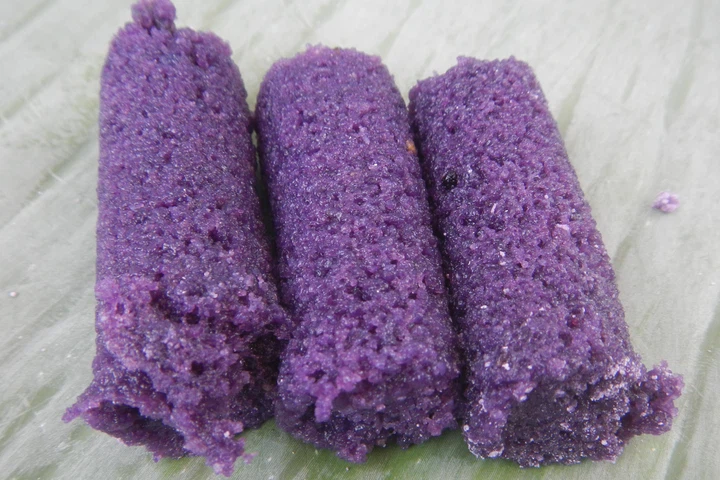
Puto Bumbong (Philippines)
If you go to the Philippines during the New Year's Eve, you can come across Puto Bumbong everywhere. This unique taste among the flavors of the Philippines is also known as "steamed rice cake". The preparation process, which starts with soaking the sticky rice one day in advance, continues with steaming the rice in bamboos. When creating a New Year's menu, you should add Puto Bumbong to your to-try list.
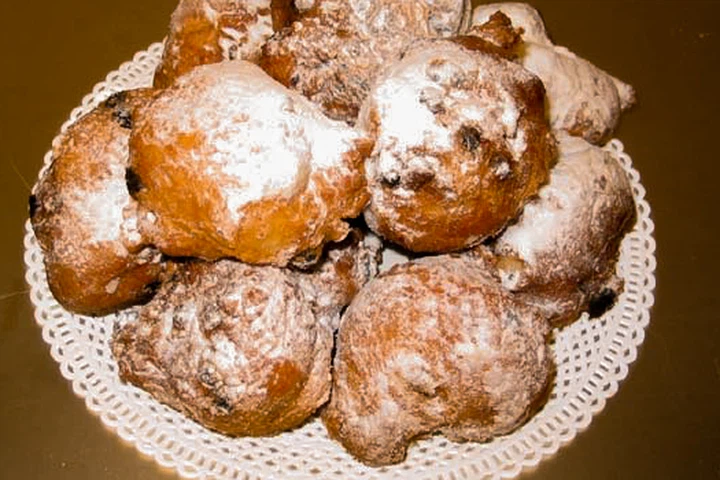
Oliebollen (Netherlands)
Oliebollen, which comes to mind when it comes to Dutch delicacies, is especially preferred by those who prepare a New Year's menu. Oliebollen balls, which are obtained by meeting the yeast dough with currants or raisins, are served by sprinkling powdered sugar on it. It is also possible to fry Oliebollen, one of the traditional New Year's delicacies from around the world, in sunflower oil.
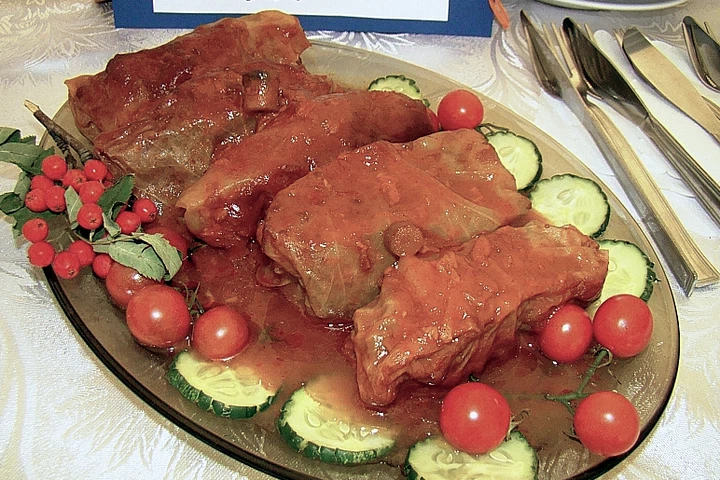
Golabki (Poland)
Golabki, which is similar to local cabbage rolls, is one of the favorite recipes of those who want to try Polish delicacies. Golabki, which is made with minced beef mixed with rice and onions and wrapped with boiled cabbage leaves, is served on the table with tomato sauce and raw vegetables after cooking.
Tamales (Mexico)
It is very simple to make Tamales, which is tried not only by those looking for Mexican flavors, but also by those who want to try American cuisine! The food, which is prepared by wrapping the dough kneaded in corn or banana leaves, is loved by those who want to set up a traditional New Year's table.
Festa Dei Sette Pesci (Italy)
Festa Dei Sette Pesci (Seven Fish Feast), which is among the most important Italian delicacies of the Italian-American Christmas Eve celebrations, is especially cooked by those who do not want to consume red meat. Anchovy, haddock, sardine, cod, lobster, eel, squid, mussel, shrimp and octopus are the main ingredients of the meal. While cooking Festa Dei Sette Pesci, you can get the help of vegetables, pasta, bakery products and wine.
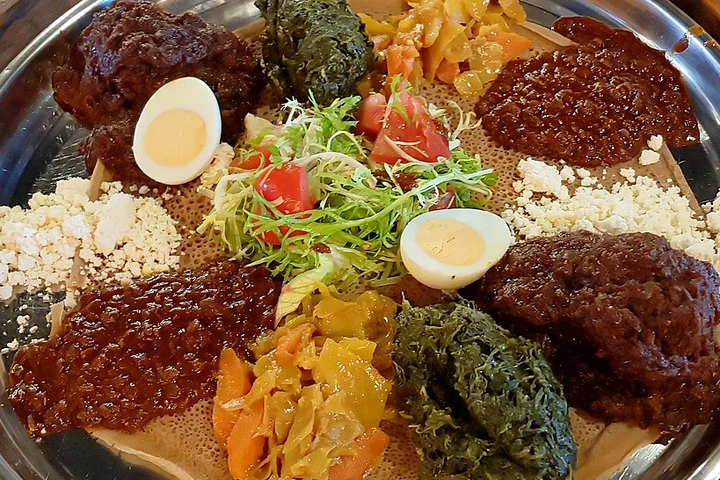
Doro Wat (Ethiopia)
Ethiopian delicacies have unique flavors that you can choose for the New Year's menu. Doro Wat is a kind of stew that is closest to the main dish among these delicacies. You can make Doro Wat, which is prepared with chicken, beef, lamb or various vegetables, more delicious with butter. You are in the best time to meet Doro Wat, which is traditionally served with injera bread.
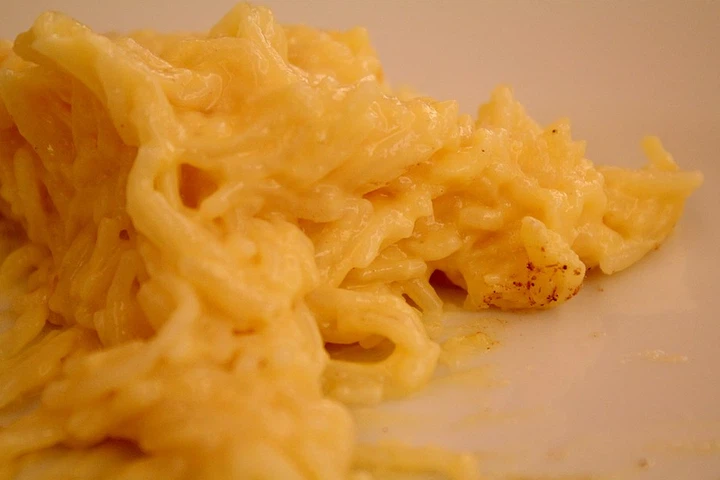
Aletria (Portugal)
Those who prepare the New Year's dessert menu are on the screen! Aletria is a noodle dessert among Portuguese delicacies. The Aletria dessert, which is prepared by combining well-cooked noodles with pudding, is perfect for the New Year's menu. Prepared in a format that can be cut into slices in the Beiras Region, Aletria can also be prepared more creamy, as in the Minho Region.
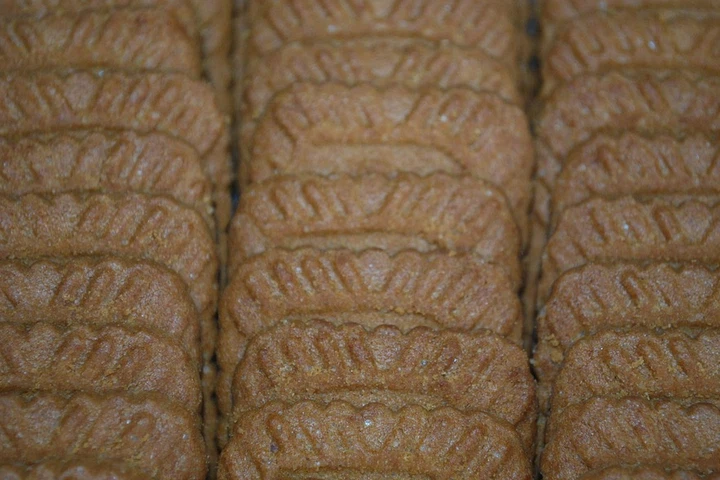
Speculaas (Belgium)
Even though Speculaas biscuit, which has a special place in Belgian tastes, is consumed almost throughout the year, it offers an ideal taste for the New Year's dessert menu. It is now very easy to reach the recipe of Speculaas, which is prepared with special spices, thanks to the internet!

Kransekake (Norway - Denmark)
The recipe for Kransekake, which is among the Norwegian or Danish flavors and comes to mind when it comes to the Christmas dessert menu, dates back to the 18th century. Kransekake, which is made by superimposing a series of concentric cake rings with white cream, is also traditionally served at weddings.


